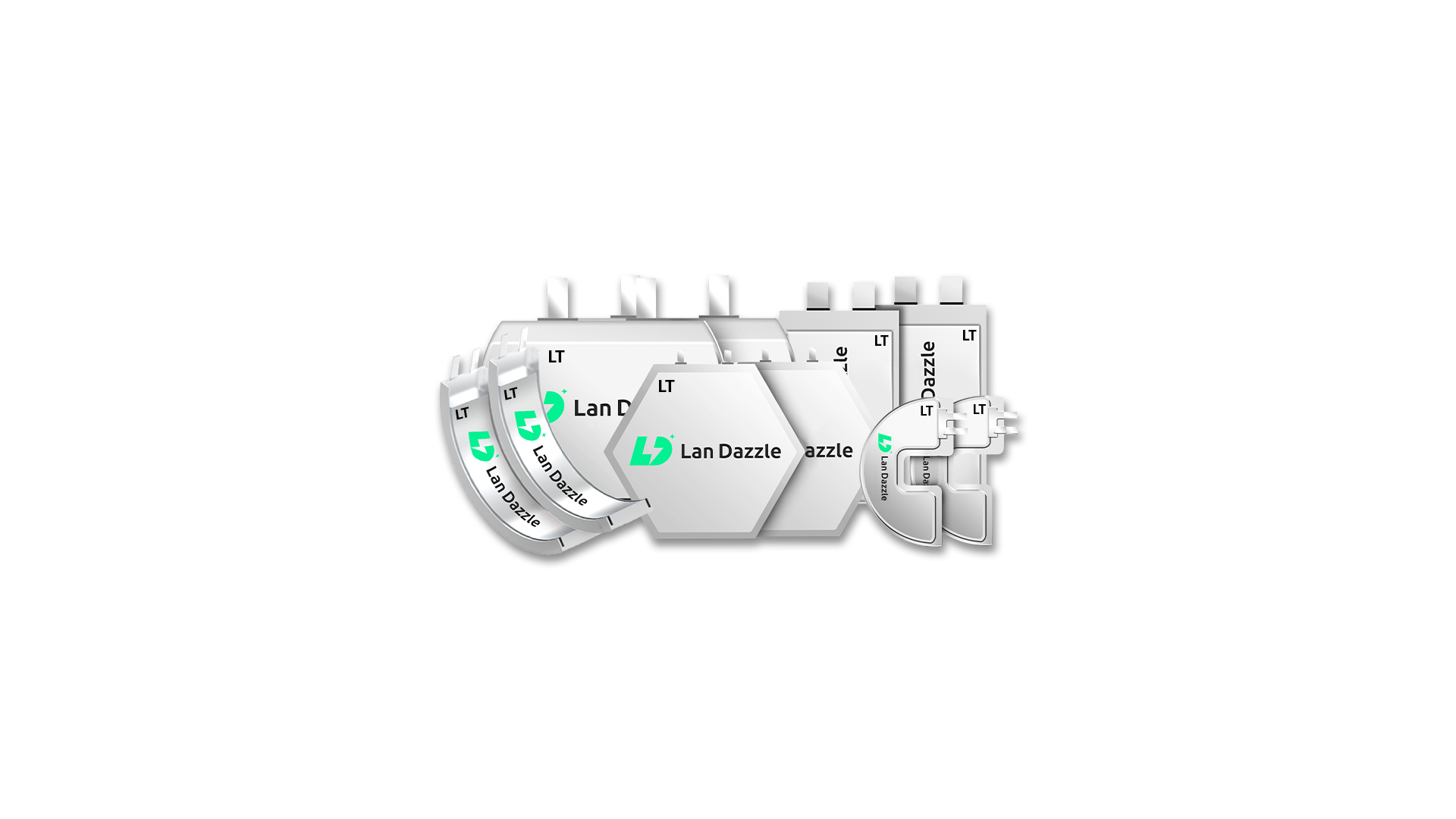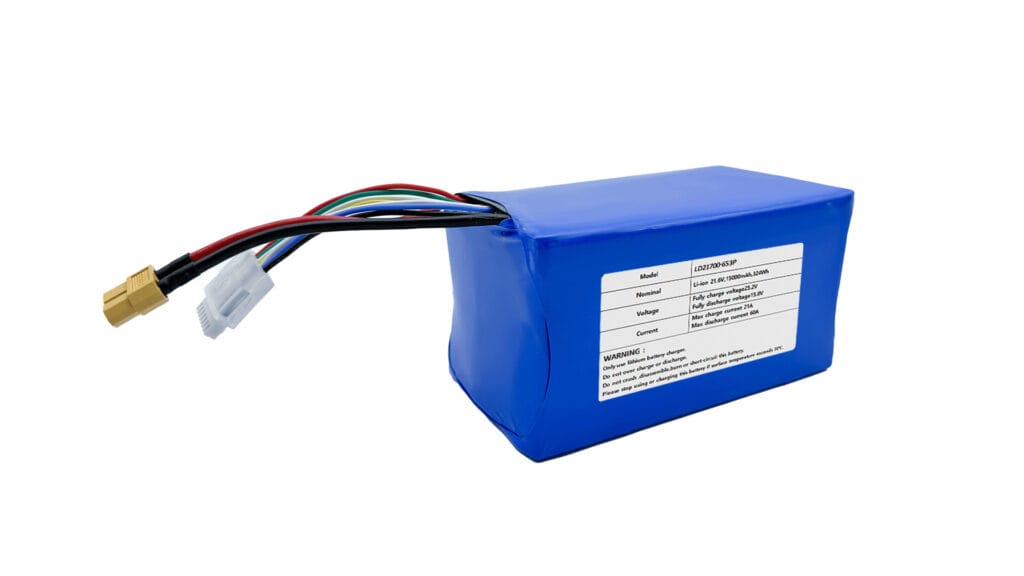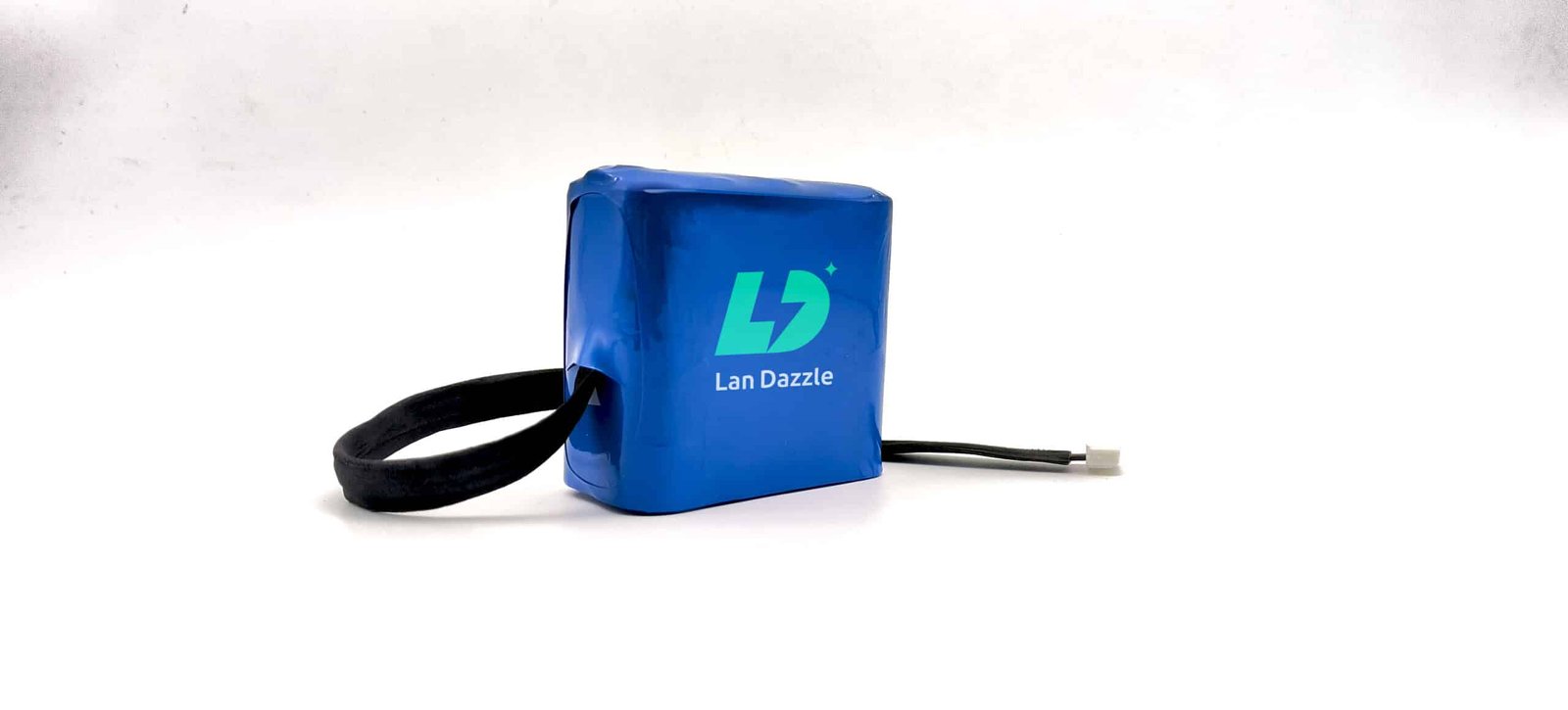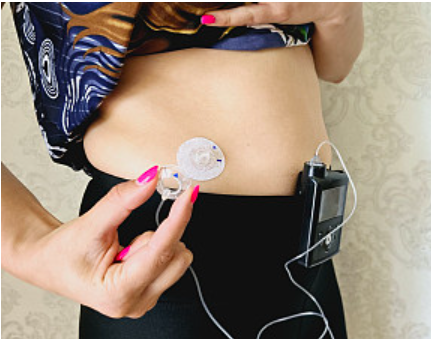Lithium-Ion vs Lithium Polymer: Which Battery is Better?
From the smartphones in our pockets to the electric vehicles on our roads, lithium-based batteries have become the ubiquitous power source of the modern era. Two prominent types within this family are lithium-ion (Li-ion) and lithium polymer (Li-Po) batteries. While both offer rechargeable power, they differ fundamentally in their construction, leading to distinct advantages and disadvantages. This article delves into a comprehensive comparison to help you understand which battery type might be better suited for specific applications and your needs.
Understanding Lithium-Ion Batteries
Lithium-ion batteries, a mature and widely adopted technology, utilize a liquid electrolyte to facilitate the movement of lithium ions between the anode and cathode during charging and discharging. Typically, these batteries employ lithium cobalt oxide, lithium manganese oxide, lithium iron phosphate, or lithium nickel manganese cobalt oxide (NMC) as cathode materials, paired with a graphite anode.
The Basics: In a Li-ion battery, ions flow from the negative electrode to the positive electrode through the electrolyte during discharge, and the reverse occurs during charging. This movement generates the electrical current that powers our devices. The liquid electrolyte enables efficient ion transport, contributing to their high energy density.
Advantages of Lithium-Ion Batteries:
- High Energy Density: Li-ion batteries generally boast a higher energy density compared to Li-Po counterparts, meaning they can store more energy for a given weight or size. Typical energy densities range from 100-265 Wh/kg. This makes them ideal for applications where energy capacity is paramount.
- Lower Self-Discharge Rate: Li-ion batteries lose their charge relatively slowly when not in use, typically around 1-2% per month, which is beneficial for devices that might sit idle for extended periods.
- Relatively Long Cycle Life: Depending on the chemistry and usage, Li-ion batteries can often endure 500-1000+ charge-discharge cycles before their capacity significantly degrades.
Disadvantages of Lithium-Ion Batteries:
- Safety Concerns: The liquid electrolyte in Li-ion batteries is flammable, leading to potential safety hazards such as overheating and thermal runaway if the battery is damaged, mishandled, or poorly manufactured.
- Aging: Li-ion batteries experience capacity fade over time, even if not actively used. This aging is influenced by factors like temperature and charge/discharge cycles.
- Form Factor Limitations: While they come in various cylindrical, prismatic, and pouch formats, they are generally less flexible in terms of shaping compared to Li-Po batteries.
| Advantages | Disadvantages |
|---|---|
| High Energy Density – Stores more energy in less space | Aging Effect – Capacity degrades over time, even if unused |
| Lightweight – Ideal for portable electronics | Thermal Runaway Risk – Can overheat if damaged or misused |
| Low Self-Discharge Rate – Retains charge longer | Sensitive to High Temperatures – Performance may drop |
| No Memory Effect – No need to fully discharge before recharging | Requires Protection Circuit – Prevents overcharging or deep discharge |
| Fast Charging Capability – Saves time | Higher Cost – More expensive than some other battery types |
| Long Cycle Life – Many charge/discharge cycles | Recycling Challenges – Disposal and recycling are complex |
| Widely Available – Mature and proven technology | Limited Overcharge Tolerance – Needs precise charge control |
Understanding Lithium Polymer Batteries
Lithium polymer batteries, on the other hand, replace the liquid electrolyte with a gelled or solid polymer electrolyte. This fundamental difference impacts their characteristics significantly.
The Basics: Similar to Li-ion, Li-Po batteries rely on the movement of lithium ions. However, the polymer electrolyte, while potentially offering lower ionic conductivity than liquid electrolytes, enhances safety and allows for more flexible designs.
Advantages of Lithium Polymer Batteries:
- Higher Safety: The polymer electrolyte is less prone to leaks and is generally less flammable than the liquid electrolytes found in Li-ion batteries, contributing to enhanced safety.
- More Flexible and Customizable Form Factors: The gelled or solid electrolyte allows Li-Po batteries to be manufactured in almost any shape, making them ideal for sleek and compact devices.
- Potentially Lighter Weight: In some configurations, Li-Po batteries can be lighter than their Li-ion counterparts for the same energy capacity, although this isn’t always the case.
Disadvantages of Lithium Polymer Batteries:
- Generally Lower Energy Density: Typically, Li-Po batteries have a slightly lower energy density compared to standard Li-ion batteries, often ranging from 100-200 Wh/kg.
- Potentially Shorter Cycle Life: Depending on the specific chemistry and design, some Li-Po batteries might have a shorter cycle life compared to certain Li-ion types, potentially in the range of 300-500+ cycles.
- Often Higher Manufacturing Costs: The specialized manufacturing processes required for polymer electrolytes and custom shapes can make Li-Po batteries more expensive to produce.
| Advantages | Disadvantages |
|---|---|
| Lightweight & Slim – Ideal for compact and portable devices | Shorter Cycle Life – Typically fewer charge cycles than Li-ion |
| Flexible Form Factor – Can be custom-shaped and ultra-thin | More Expensive to Manufacture – Higher production cost |
| High Discharge Rate – Delivers high power quickly | Lower Energy Density – Less energy storage per volume than Li-ion |
| Low Profile – Fits into tight spaces | Sensitive to Overcharging/Overdischarging – Needs careful management |
| Stable Chemistry – Less likely to leak | Swelling Risk – Can puff or swell if damaged or misused |
| Good Performance at High Load – Preferred in drones, RC toys | More Fragile – Prone to physical damage due to soft casing |
| Minimal Self-Discharge – Retains charge when idle | Requires Special Chargers – Not compatible with all chargers |
Lithium-Ion vs Lithium Polymer: A Direct Comparison
To truly understand which battery type might be better, let’s compare them across key parameters:
- Energy Density: Li-ion generally wins here, offering more power for the same size and weight. This is why they are prevalent in applications demanding high energy capacity, like electric vehicles and high-end laptops.
- Safety: Li-Po typically has the edge in safety due to its less volatile polymer electrolyte, reducing the risk of leaks and thermal runaway. This makes them favorable in consumer electronics where safety is a primary concern.
- Form Factor and Design Flexibility: Li-Po batteries shine in this aspect, allowing for thin, curved, and custom shapes that are crucial for modern sleek devices like smartphones, wearables, and drones.
- Lifespan (Cycle Life and Aging): While both degrade over time, high-quality Li-ion batteries often exhibit a longer cycle life. However, the lifespan of both types is heavily influenced by usage patterns and charging habits.
- Cost: Li-ion batteries generally have lower manufacturing costs due to the maturity and scale of their production, making them more cost-effective in many applications.
- Performance (Discharge Rate, Temperature Sensitivity): Both battery types offer good discharge rates for most consumer applications. However, specific chemistries within Li-ion (like those used in power tools and EVs) can offer very high discharge rates. Temperature sensitivity is a concern for both, but protective circuits mitigate these risks.
If you are interested in more technical details about lithium-ion vs lithium polymer, read Lithium ion or polymer: What are the differences to get more comprehensive comparison between these two types of batteries.
Which Battery Type is Right for You?
The choice between Li-ion and Li-Po isn’t about one being definitively “better” than the other; it depends on the specific application and the priorities.
- If high energy density and cost-effectiveness are paramount, and the form factor is less critical, lithium-ion is often the preferred choice. Think of laptops, power banks, and electric vehicles.
- If safety and design flexibility are key considerations, especially in compact and uniquely shaped devices like smartphones, wearables, and drones, lithium polymer batteries are often favored.
FAQ
- Are lithium polymer batteries safer than lithium-ion batteries? Generally, yes. The polymer electrolyte in Li-Po batteries is less flammable and less prone to leaks compared to the liquid electrolyte in Li-ion batteries.
- Do lithium-ion batteries last longer than lithium polymer batteries? In terms of cycle life, high-quality Li-ion batteries can sometimes offer a longer lifespan than some Li-Po types, but it varies depending on the specific battery chemistry and usage.
- Which type of battery has a higher energy density, lithium-ion or lithium polymer? Typically, lithium-ion batteries have a higher energy density, allowing them to store more energy for their size and weight.
- What are the main applications of lithium polymer batteries? Li-Po batteries are commonly used in smartphones, tablets, wearables (smartwatches, fitness trackers), drones, and other devices where a thin, light, or custom shape is beneficial.
- Are lithium polymer batteries more expensive than lithium-ion batteries? Often, yes. The specialized manufacturing processes for the polymer electrolyte and flexible designs can make Li-Po batteries more costly to produce.
- What is the key difference between the electrolyte in lithium-ion and lithium polymer batteries? The primary difference is the electrolyte. Li-ion batteries use a liquid electrolyte, while Li-Po batteries use a gelled or solid polymer electrolyte.
Conclusion
In the ongoing quest for efficient and reliable power, both lithium-ion and lithium polymer batteries play crucial roles. While Li-ion batteries excel in energy density and cost-effectiveness, Li-Po batteries offer advantages in safety and design flexibility. Ultimately, the “better” battery is the one that best meets the specific demands of the application. Understanding their fundamental differences allows consumers and engineers alike to make informed decisions in a world increasingly powered by these remarkable technologies.





